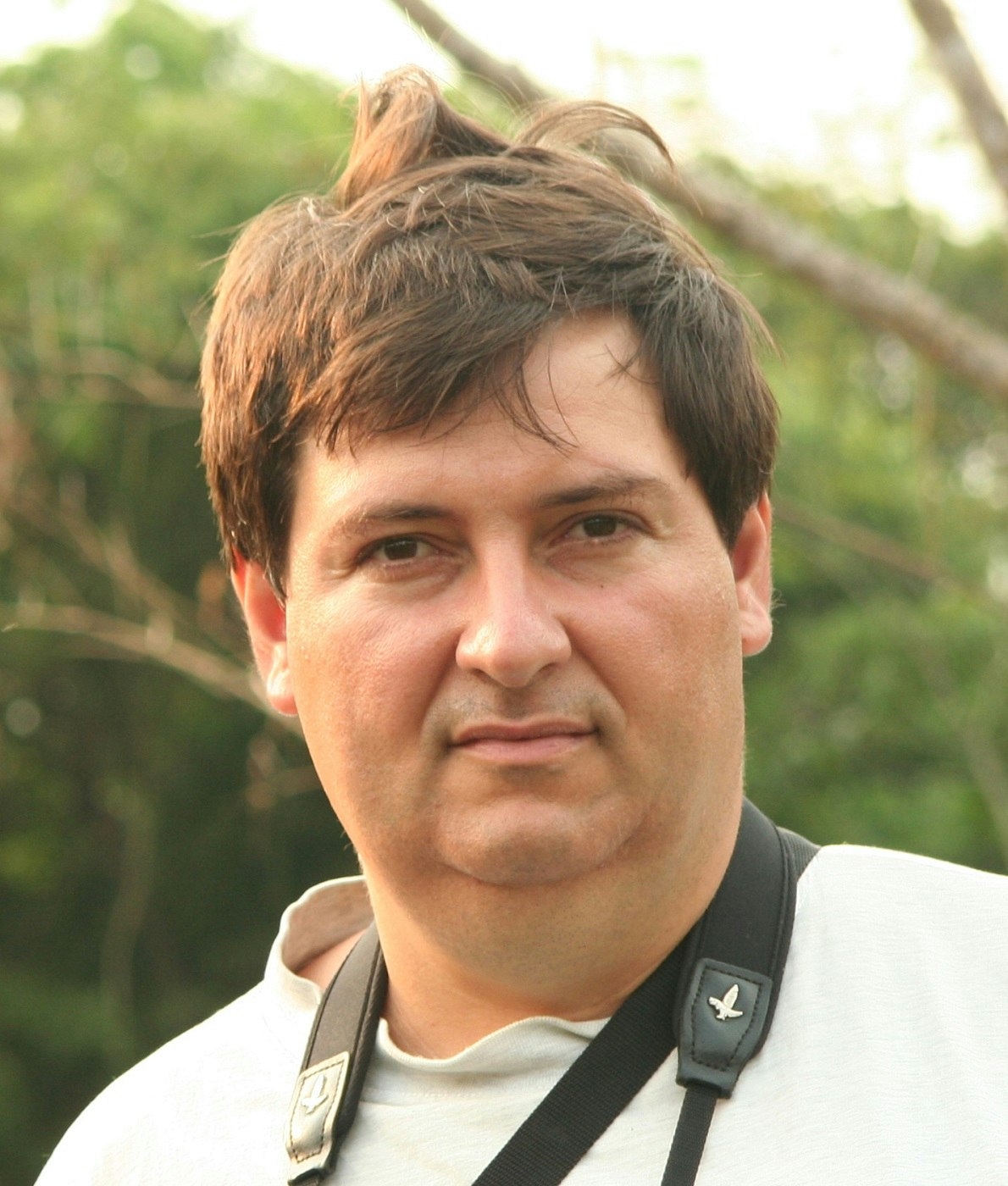Informed landscape management in the Arc of Deforestation: Trade-offs between biodiversity & land value in the Amazonian frontier, Brazil
As well as having the fastest rate of deforestation in the world, the Brazilian Amazon retains 41% of all remaining tropical rainforest. The early 21st century finds it at a critical juncture; decisions made in the next decade will ultimately seal the fate of the region.
Forest clearance continues in some areas, whilst elsewhere vast tracts are being degraded by selective logging, surface fires, fragmentation, overhunting and illegal gold mining. With many reserves protected only on paper, conservation approaches to the Amazon still lack a clear rationale. To avoid wholesale destruction, policy makers must decide how best to achieve a compromise between economic development and conservation in the expanding area of private land claims.
Brazilian conservation biologist, Dr. Carlos Peres, 44, is a team leader at the NGO Fundação Ecológica Cristalino, and over the last 20 years has led conservation programmes across all nine Amazonian countries. Carlos argues the Amazon needs a bigger plan – a network of core reserves combining strict-protection and sustainable use that are sufficiently large to support a full complement of species and landscape-scale ecological processes. With his team, Carlos plans an innovative approach in one of the most aggressive deforestation frontiers anywhere, the Alta Floresta region of Mato Grosso.
The region accounts for 52% of all Amazonian deforestation and leads Brazil in soybean export and cattle ranching. As a result the landscape is a mosaic of forest fragments and highly degraded areas where ecosystem function is in jeopardy.
Since 2002, the team has worked to establish a collaborative network of 230 landowners controlling holdings of 1 to 100 km2. The next stage is to compare the real value of different forms of land use by measuring monetary income per km2, biodiversity retention, and ecosystem services such as the above-ground carbon stock value.
The team will pool data from 60 sites based on fieldwork, local interviews and government statistics to assess the degree to which different land uses are economically and ecologically sustainable in the long run. Carlos will use powerful economic arguments to persuade local, state and federal authorities that maintaining large areas of primary forests makes sense. The data will be used to build a land-use planning model that can inform landscape management throughout the Alta Floresta region and elsewhere in the Arc of Deforestation.








